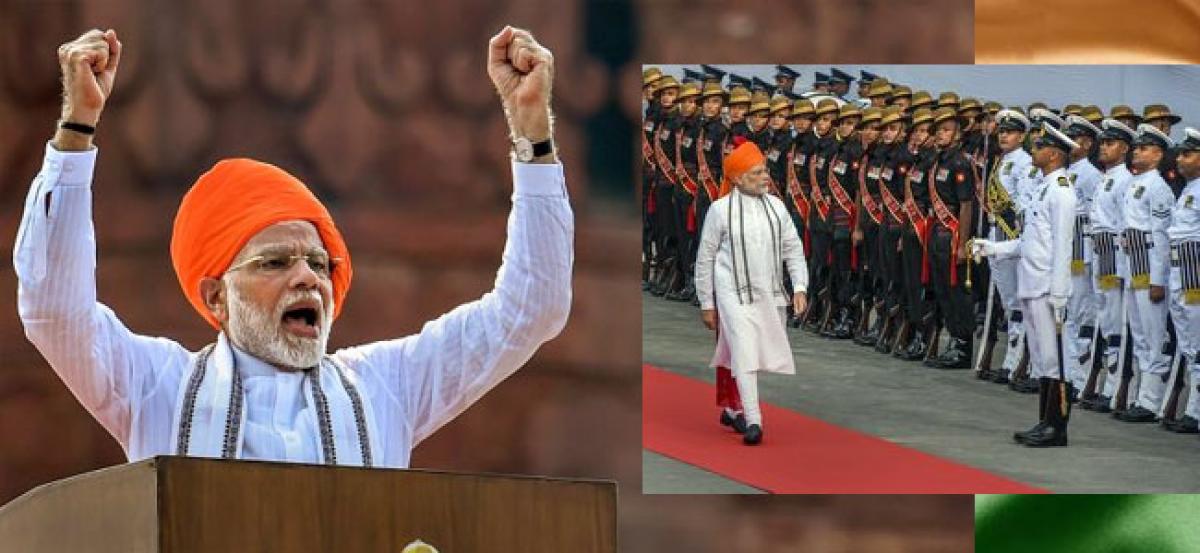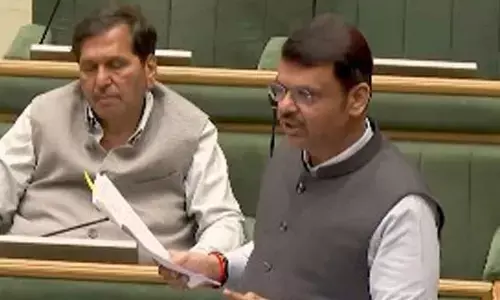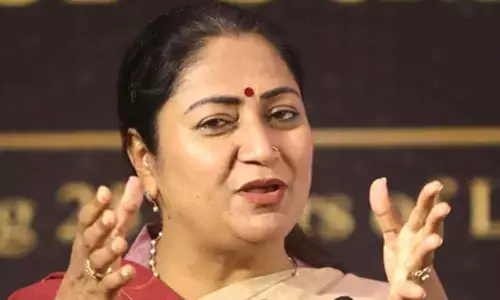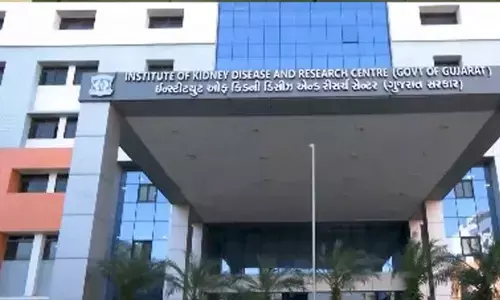Modi vows to send an Indian to space by 2022

On Wednesday Prime Minister Narendra Modi, as part of his Independence Day speech, vowed to put an Indian in space by 2022 When India celebrates 75th year of Independence in 2022, and if possible even before, an Indian son or daughter will undertake a manned space mission on board Gaganyaan carrying the national flag, the PM announced from the ramparts of the Red Fort
NEW DELHI/BANGALORE: On Wednesday Prime Minister Narendra Modi, as part of his Independence Day speech, vowed to put an Indian in space by 2022 . "When India celebrates 75th year of Independence in 2022, and if possible even before, an Indian son or daughter will undertake a manned space mission on board 'Gaganyaan' carrying the national flag," the PM announced from the ramparts of the Red Fort.
However, the proposed human spaceflight programme (HSP), something that has been on the table since 2004, is still a long way away despite advancements in some critical technologies in the past decade.
The original plan was realising that a Two-Stage-to-Orbit (TSTO) fully reusable launch vehicle, which could carry two-three people into low earth orbit and bring them back. The UPA government had sanctioned Rs 145 crore for pre-launch activities and Isro is expected to get more funding in the coming months following Modi's announcement today.
As of now, there is no actual estimation in public domain, but insiders say that it is projected for a budget of at least Rs 10,000 crore to Rs 12,000 crore.
The space agency has completed the wind tunnel model with landing gear and low subsonic tests at the Indian Institute of Technology-Kanpur (IIT-K). For the orbital reentry test, Isro has proposed to design and develop a scaled-up version of RLV.
"You must understand that this won't be the actual RLV, but a model," Isro chairman K Sivan said at a press conference he had convened on August 12.
Sivan said that they are yet to finalise the landing site for the experiment. "There are options in Challakere, one place in Rajasthan and another forward post, there is no final decision yet. The important thing would be to select a place that will have no habitation around the landing site. This is an experimental test and we need to take all precautions," he said.
All these technologies are crucial for the manned mission, and these are just some of the early stage experiments. Sivan has said that Isro was in the process of preparing a revised report on the preparations of the project.
The said report is to be purely an internal document, with no other potential stakeholder involved. "We are making a few changes...it is purely an internal document and there's no other agency involved at this moment," Sivan had said on July 7, at the sidelights of the LM Katre Memorial Lecture.
"We are working on several combinations," he had said. But experts and some Isro insiders suggest that neither of the two rockets are man-rated yet. Insiders say that if India does launch people into space, it can only do it with the GSLV MK-III, and that too an advanced version of it, which the agency must now build and master with virtually no errors.














